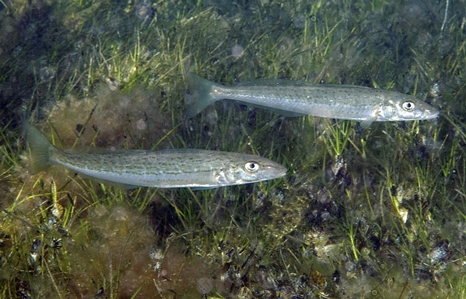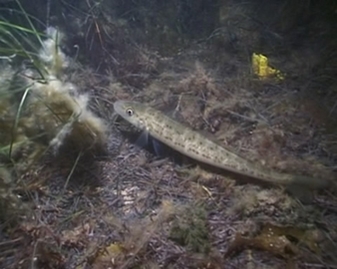General Description
Body long, slender, covered in very small scales; snout long, pointed; dorsal fin in two barely separated parts; pectoral and pelvic fins small. Light brownish to greenish above, silvery below, with a distinct pattern of small brown spots forming irregular wavy lines. To 72 cm, and a weight of almost 5 kg.
Biology
An excellent eating fish that rivals the snapper as Victoria's most popular recreational finfish species.
Habitat
In bays and along the coast in habitats with seagrass, macroalgae or sand; juveniles abundant in seagrass beds in bays and estuaries, whereas adults feed on open sandy areas in deeper water. To depths of 0-25 m.
Reefs
Soft substrates
Seagrass meadows
Distribution guide
Southern Australia.
Species Group
Depth
Water Column
Max Size
72 cm
Diet
Carnivore
Commercial Species
Yes
Global Dispersal
Native to Australia
Conservation Status
- DSE Advisory List : Not listed
- EPBC Act 1999 : Not listed
- IUCN Red List : Not listed







